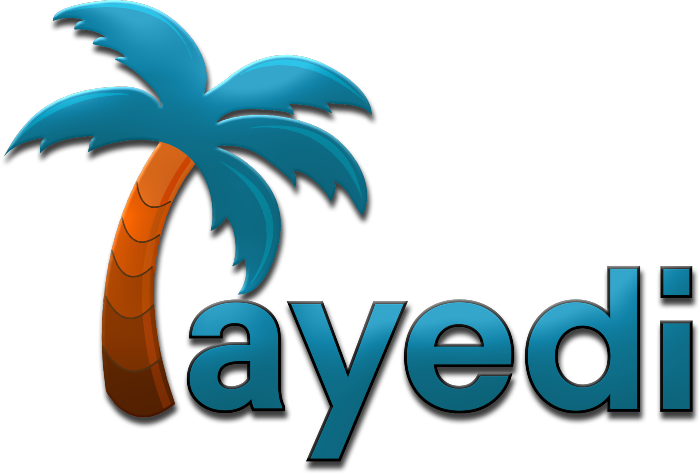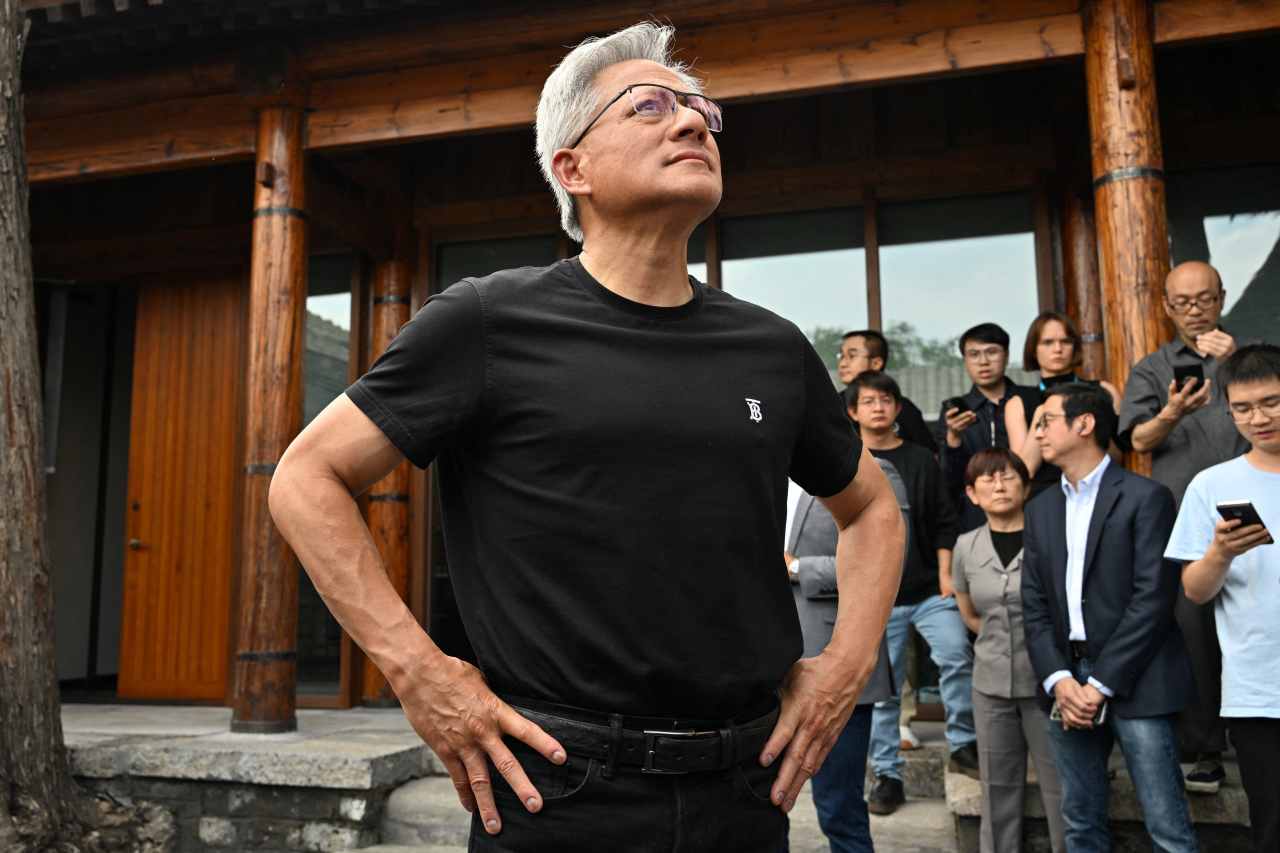Shares of CoreWeave (CRWV) rose as much as 9% on Monday morning after the company announced it’s launching a venture capital arm focused on early-stage artificial intelligence startups.
The stock was higher by 4.5% as midday U.S. hours approached..
The new fund, called CoreWeave Ventures, will focus on investing in startups building tools, infrastructure or applications for AI. The company didn’t disclose how much capital would be committed but framed the effort as an extension of its broader mission to support high-performance computing for machine learning and generative AI.
“Our aim with CoreWeave Ventures is to give other audacious, like-minded founders the support they need to drive technical advancements and bring to market the next class of innovation,” said Brannin McBee, co-founder and chief development officer at CoreWeave.
CoreWeave specializes in cloud computing optimized for AI workloads, offering access to Nvidia GPUs and fast storage to clients ranging from large enterprises to research labs. It went public earlier this year at $40 per share and surged to a high of $187 in June before pulling back.
The launch of CoreWeave Ventures comes during a busy period for cloud infrastructure firms focused on AI. On Monday, Nebius, another player in the “neocloud” space, signed a five-year, $19.4 billion agreement with Microsoft to supply computing power. That announcement sent several AI and data center stocks higher, adding momentum to the sector.
CoreWeave is also in the process of acquiring bitcoin miner Core Scientific (CORZ) in a $9 billion all-stock deal. The merger, announced in July, is still subject to shareholder and regulatory approvals.
For AI startups, the arrival of another specialized investor could offer an alternative to generalist VC firms or hyperscaler-linked capital. And for CoreWeave, it’s a chance to bet on the ecosystem it helps power — and maybe get early access to the next breakthrough.

 3 months ago
198
3 months ago
198













 English (US) ·
English (US) ·